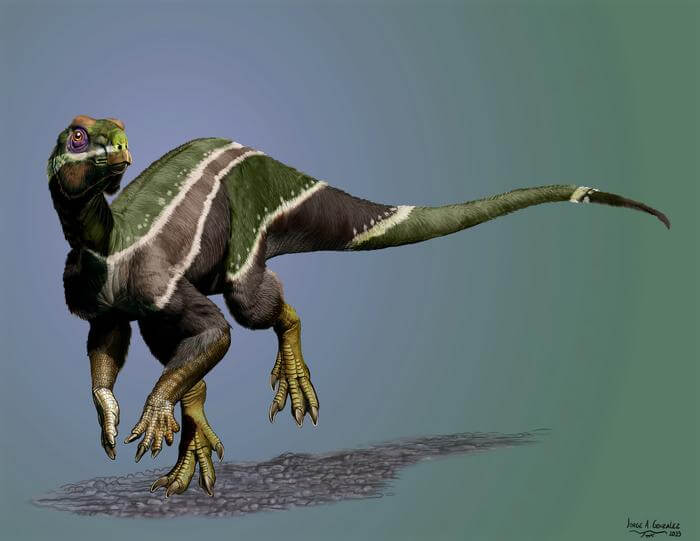A newly discovered dinosaur, Iani smithi, offers insight into a crucial period when Earth’s warming climate triggered significant changes in global dinosaur populations.
This early ornithopod, belonging to the same group that eventually gave rise to well-known duckbill dinosaurs like Parasaurolophus and Edmontosaurus, was unearthed in Utah’s Cedar Mountain Formation. The fossilized remains, including the skull, vertebrae, and limbs, provide a remarkable glimpse into this juvenile northdinosaur.
Iani smithi inhabited what is now Utah approximately 99 million years ago, during the mid-Cretaceous period. Notably, its powerful jaw equipped with specialized teeth indicates adaptation for consuming tough plant material.
The mid-Cretaceous was a time of profound transformations, which had significant consequences for dinosaur populations. Rising levels of atmospheric carbon dioxide led to global warming and subsequent rises in sea levels, confining dinosaurs to dwindling landmasses. Surprisingly, the warm climate even supported rainforests at the poles. Coastal areas were overtaken by flowering plants, altering the food sources for herbivorous dinosaurs.
During this period in North America, colossal plant-eating sauropods and their allosaurian predators were disappearing. Simultaneously, smaller herbivores such as early duckbills, horned dinosaurs, and feathered theropods like tyrannosaurs and oviraptorosaurs migrated from Asia.
Iani smithi is not only a newly discovered species but also an extraordinary find due to its scarcity in the North American fossil record and its significance in the timeline of dinosaur evolution. Lindsay Zanno, an associate research professor at North Carolina State University and the head of paleontology at the North Carolina Museum of Natural Sciences, led the study. The well-preserved skeleton, particularly the almost complete skull, proved invaluable for piecing together the story of this dinosaur.
The researchers were surprised and somewhat skeptical when their analysis revealed that Iani smithi belonged to an early rhabdodontomorph lineage, which is predominantly found in Europe. This finding raises intriguing questions, especially considering recent proposals suggesting a possible connection between another North American dinosaur, Tenontosaurus, and this lineage, along with some Australian species.
A central question arises: Could Iani smithi represent the final stage of a once-thriving lineage? Lindsay Zanno believes that studying this fossil within the context of environmental and biodiversity changes during the mid-Cretaceous will yield deeper insights into our planet’s history.
Given its position in history, Iani smithi was named after Janus, the two-faced Roman god symbolizing transitions. This dinosaur stood at a critical juncture, observing the past ecosystems of North America while perceiving the impending changes on the horizon—a relatable perspective in a world characterized by constant transformation.
The research, published in PLOS ONE, received support from the National Science Foundation. Lindsay Zanno served as the lead author and corresponding author, with contributions from Terry Gates and Haviv Avrahami from North Carolina State University and the North Carolina Museum of Natural Sciences, along with Ryan Tucker from Stellenbosch University and Peter Makovicky from the University of Minnesota.


